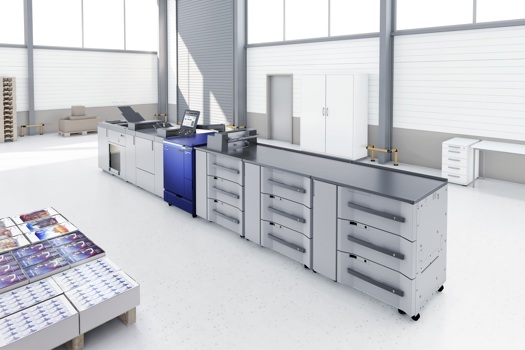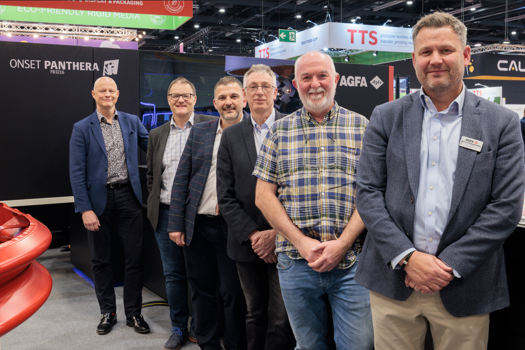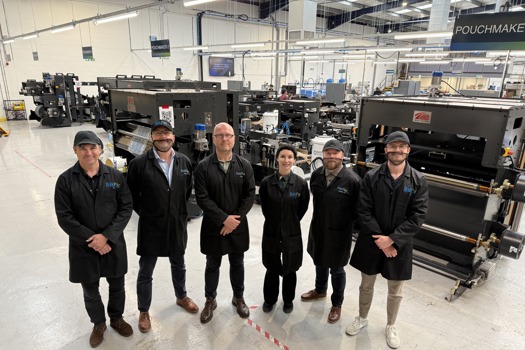The two companies began collaborating on the project in spring 2005
and the product is now moving into the manufacturing stage at Xaar's Swedish site in Jflla. The circuit is printed onto the film using Xaar's ink-jet technology.
According to Xaar, the breakthrough makes it feasible to manufacture electronic devices using ink-jet methods.
Thin Film's memory technology is based on organic polymer
materials, making it "highly suitable as a memory in printed electronic applications".
In 2005, both companies began work with non-industrial scale techniques and memory cell properties.
Thin Film Electronics has a background in developing polymer-based ferroelectric memories manufactured by conventional microelectronics methods.
Xaar has added its expertise in the development of compatible fluids and their use in ensuring "precise drop volume and placement accuracy".
Founded in 1997, Linkping-based Thin Film Electronics is a subsidiary of Norwegian firm Thin Film NewCo.
Following the release of its 2005 full-year results, Xaar finance director Nigel Berry said the that printed electronics and other non-graphic markets were a focus for future development.
Alongside printed circuit boards, other applications include organic
light emitting display (OLED) screens, RFID tags, 3D modelling and biotechnology.
Cambridge-based Xaar has a turnover of 42.8m and last year's pre-tax profits leapt by 69% to 11m.
Have your say in the Printweek Poll
Related stories
Latest comments
"Very insightful Stern.
My analysis?
Squeaky bum time!"
"But in April there was an article with the Headline "Landa boosts top team as it scales up to meet market demand", where they said they came out of last year’s Drupa with a burgeoning order..."
"Yep. Tracked is king."
Up next...

Print services required
Trio of new tenders up for grabs

Greater automation and ease-of-use
Konica Minolta enhances AccurioPress C7100 series

Energy savings and wider gamut
Wilmot-Budgen takes first LED Onset

Weekly one million mark


